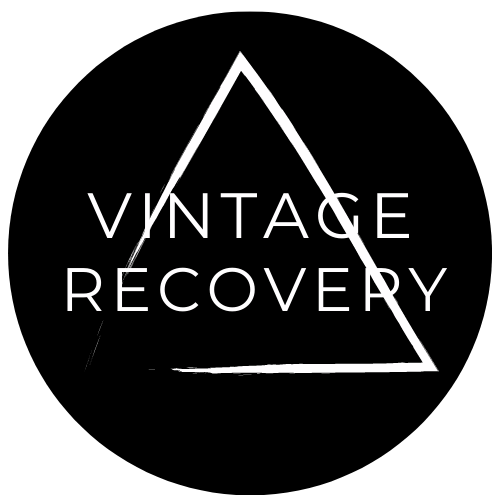
A Guide to Discovering Your Vintage Size
Share
Vintage clothing holds a timeless allure, with its unique styles, quality craftsmanship, and a sense of nostalgia. However, one of the challenges enthusiasts often face is determining the right size in vintage garments. Unlike contemporary sizing standards, vintage sizing can vary significantly. In this guide, we'll explore the steps to help you unlock the secrets of your vintage size, ensuring a perfect fit for your retro wardrobe.
Understand the Evolution of Sizing:
Sizing standards have evolved over the years, and what was considered a size 8 in the 1950s may not align with today's measurements. Familiarise yourself with the sizing trends of different eras to navigate vintage shopping effectively. Vintage clothing may be labelled with numerical sizes, letter sizes, or even specific body measurements.
Take Your Measurements:
To accurately determine your vintage size, start by taking your body measurements. Use a flexible measuring tape to measure your bust, waist, hips, and other relevant areas. Vintage sizing often relies on these measurements rather than the modern numbered sizes. Knowing your exact measurements will help you compare them to vintage garment measurements for a more precise fit.
Research Brands and Labels:
Different brands and designers may have had their own sizing standards in the past. Researching specific brands or labels can provide insight into how their sizing corresponds to contemporary standards. Vintage clothing enthusiasts often share their experiences online, so explore forums and blogs for valuable information on particular brands.
Pay Attention to Fabric and Construction:
Vintage clothing is known for its exceptional quality and craftsmanship. Understanding the fabric and construction of a garment can offer clues about its intended fit. Fabrics with little to no stretch may require you to size up, while garments with a generous seam allowance might be easier to alter for a customised fit.
Try Before You Buy:
If possible, try on vintage clothing before making a purchase. Vintage stores, thrift shops, and online platforms may offer opportunities to try before you buy. This hands-on approach allows you to assess the fit, comfort, and overall feel of the garment, helping you make informed decisions about your vintage wardrobe.
Be Flexible with Sizing:
Vintage sizing can be unpredictable, so be open to trying different sizes. Don't be discouraged if your usual size doesn't fit perfectly in every vintage piece. Sizing inconsistencies were more common in the past, and alterations or adjustments may be necessary to achieve the ideal fit.
Discovering your vintage size is a rewarding journey that involves understanding the nuances of past sizing standards, researching specific brands, and embracing the unique qualities of vintage garments. Armed with these insights, you'll be better equipped to curate a timeless wardrobe that celebrates the charm of bygone eras. Happy vintage shopping!
